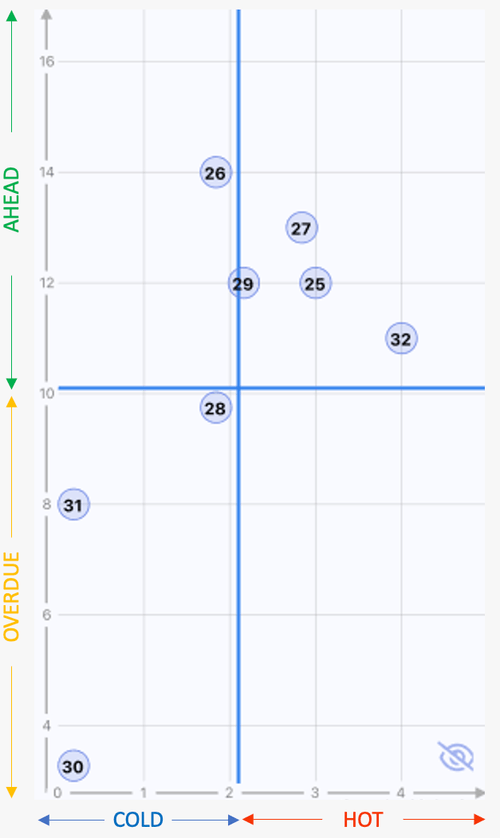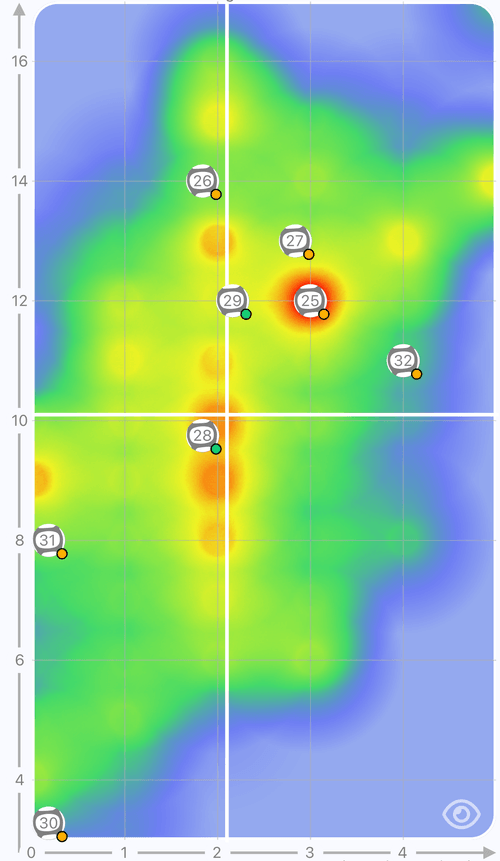THE STRATEGY
A 3-step approach to increase your chances of winning
Pick your numbers

Use AI technology, advanced statistics and mapping visuals to select the best numbers.
Learn moreAbbreviated wheel system

Play fewer tickets while still having a better chance of winning.
Learn morePlay only winning tickets

Identify tickets that have the highest chances of winning through the evaluation system.
Learn more



